Rezistenca në frakturë e rindërtimeve të derdhura metalike dhe fiber- post tek dhëmbët e trajtuar në mënyrë endodontike – studim in vitro
AUTOR(ËT)
Tetore Olloni
ABSTRAKT
Endodontically treated teeth, with little coronary structure, are less resistant to fracture, compared to vital teeth, so they require restorative treatment for reinforcement with reconstruction. The tooth reinforced with reconstruction fulfills the functional and aesthetic criteria and as such can be the carrier of fixed and mobile prosthetic work. There- fore, the purpose of this in vitro study was to determine and compare the fracture resistance of endodontically treated teeth reinforced with cast metal and fiber-post restorations. In this in vitro study, in samples of 60 intact canines extract- ed for periodontological reasons, the crown was removed, 2 mm below the enamel-cementum border. The teeth un- derwent endodontic root canal treatment and were divid- ed into two experimental groups (n=30) depending on the type of reconstruction applied: cast metal and fiber-post. For fracture resistance research, compressive load at an an- gle of 130° in the direction of the longitudinal axis of the tooth was used with the Universal Testing Machine (Matest, Italy). The testing was done with the help of a 1mm wide steel extension at a speed of 0.5mm/min that was posi- tioned on the oral surface, in the loading area that was lo- cated 2mm below the incisal blade and that served for sta- ble uniform loading. The load was continued until fracture and the values obtained are expressed in Newton (N).
A priori reconstructions contribute to increasing the tooth’s frac- ture resistance. The data from this study are facts, which make it possible for fiber-post to be the right choice of dentists in dai- ly clinical practice due to its higher resistance. The lower-cost one-session working procedure are additional advantages that increase the importance of fiber-post for the restoration of end- odontically treated teeth.
DOI
https://doi.org/10.59138/aywxhftxkdoxb
FAQET: 23-28

